Raymond Reynaud
About the Artist/Site
Raymond Reynaud was the grand old man of the Art Singulier movement. From 1935 to 1939, he was a student at the School of Beaux Arts in Salon-de-Provence, where he won first prize in anatomical drawing. After World War II, he lived in Senas, and his work at that time reflected the influence of the School of Paris.
In 1959, Reynaud's health deteriorated as a result of a heart problem. In 1963, he was forced to give up his artistic activity and for five years was unable to work. Then he discovered the works of the Yugoslavian naives and the art of Gaston Chaissac, one of the New Invention painters and a friend of Jean Dubuffet.
This discovery invigorated Raymond Reynaud. With renewed energy, he attacked the great French themes: the Fables of Fontaine, the capital sins, French political figures and other historical and literary subjects. His new work was exhibited at St. Maximum in 1973, and subsequently, he was called "The Master of Senas." In 1977, he opened a studio for adult painters, with the enigmatic name "The Green Quincunx," in reference to an arrangement of five objects, such as trees, with one at each corner of a rectangle and one in the center. Over the years, he has taught art to hundreds of students, who often exhibit their work together under the name "The Singulier Movement of Raymond Reynaud."
The surfaces of Reynaud's paintings have the look of fine spider webs, with many symmetrical and complicated details. Because his hand trembled with age, his drawing carries a trademark trembling line.
In addition to paintings, Reynaud created sculptures using castoffs and found objects. His human-scaled sculptures resemble elongated monsters.
Reynaud lived with his wife, Arlette, in their home in Senas -- a building also made of found materials, cement and castoffs. When he needed more space, he simply added another room. Reynaud installed hundreds of paintings and sculptures in the labyrinthine rooms of his home.
Reynaud's house also contained many works by his students, which he showed to visitors with great pleasure. He also collected African art, and exhibited this collection of masks and wood sculptures in a gallery-like setting. In fact, the Reynauds' house was really a museum. Jean-Claude Caire, a chronicler of the French Singulier movement, says he thinks Reynaud would have liked to make his home into a monument dedicated to L'Art Singulier.
Raymond Reynaud's large polyptych Don Quixote (320 x 630 cm) was exhibited in Paris in Art Brut and Company, and his work was part of the 1998 Error and Eros exhibition in Baltimore. He continued until his death to paint every day, welcoming visitors to his home with his celebrated good humor.
~Ann Oppenhimer
Originally published in the Folk Art Messenger 11:2 (Spring 1998). Used with permission.
Map & Site Information
Sénas, Provence-Alpes-Côte d'Azur, 13560
fr
Latitude/Longitude: 43.745459 / 5.077758
Relocated (incl. Museums)
Sénas, Provence-Alpes-Côte d'Azur, 13560, France
Nearby Environments


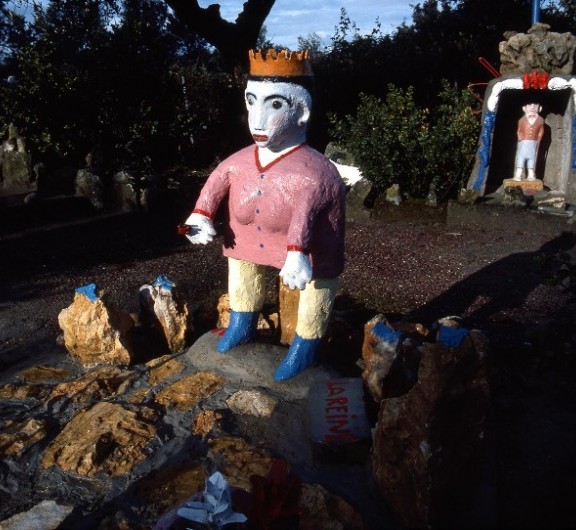
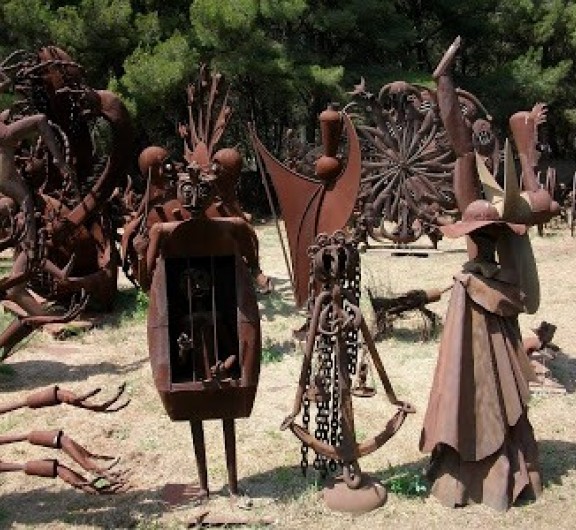
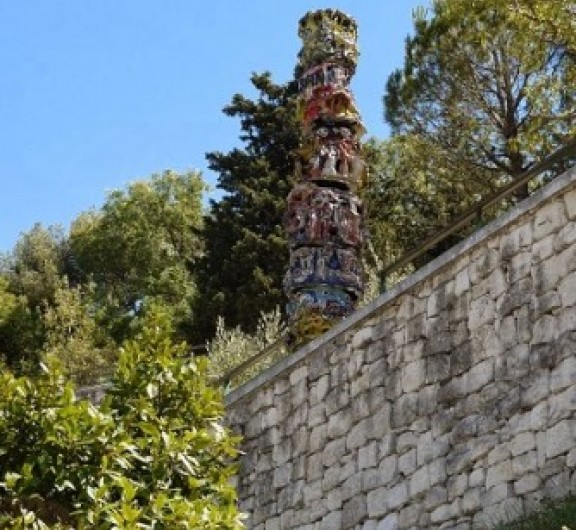

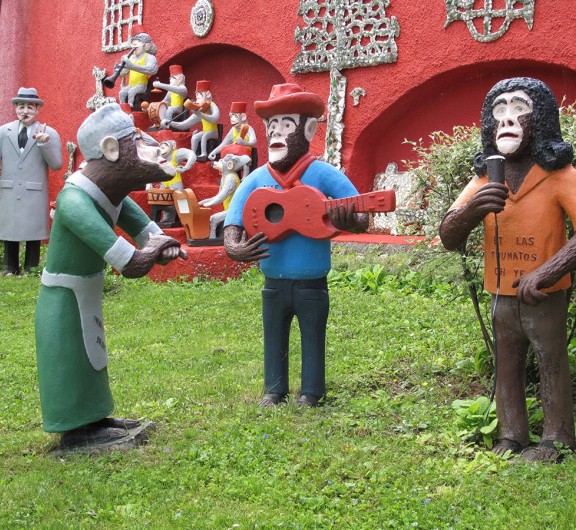
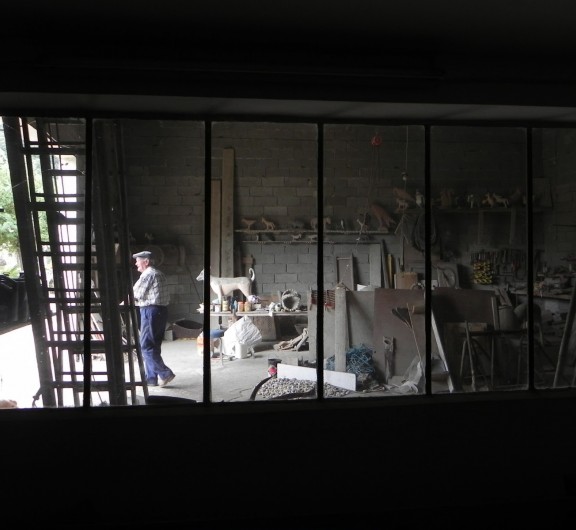

Post your comment
Comments
No one has commented on this page yet.